| Weight | 213 g |
|---|---|
| Dimensions | 90 mm |
| Focal Length (mm) | |
| Max Aperture (f) | |
| Min Aperture (f) | |
| Aperture Blades | |
| Elements | |
| Sharp (Near) | |
| Sharp (Far) | |
| Rear Mount | |
| Front Thread | |
| Production |
Rollei AV-Xenotar 90/2.4-8
Black metal HFT multicoated lens by Schneider for Rolleivision 66 medium format projectors. Variable iris. Cat. 62094.979.399. Fixed aperture version awarded 5/5 by Chasseur d’Images.
Category: Transparencies
Reviews
Add a review Cancel reply
Related to . . .
Related products
-

Aldis Anastigmat 85/2.5 [V1]
Compare -

Pentacon AV 200/4
Compare -

Apollo 90/2.8
Compare -

Agfa Agomar 90/2.4
Compare -

Agfa Variomar 80-125/3.1
Compare -

Argus Projection 100/2.8
Compare -

Appro 100-225/4
Compare -

Aldis Projection 100/3.2
Compare -

Agfa Agomar 85-150/4
Compare -

Benoist Berthiot 75/2.8
Compare -
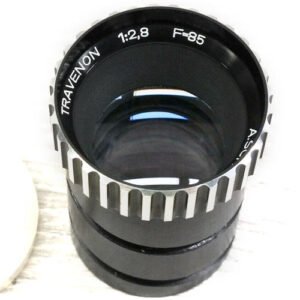
A. Schacht Travenon 85/2.8
Compare -
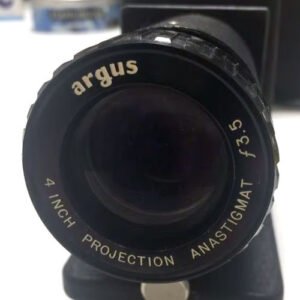
Argus Projection 100/3.5
Compare -

Aldis Tele-Projection 250/3.5
Compare -

Argus Projection Anastigmat 100/3.3
Compare -

Agfa Color-Agolar 85/2.8
Compare -
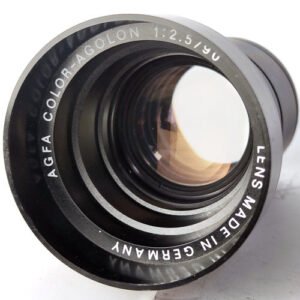
Agfa Color-Agolon 90/2.5
Compare -

Airequipt Luminac 100/3.5
Compare -

Agfa Color-Agolar 250/4.5
Compare -
 SOFT
SOFTAgfa Agomar 90/2.8
CompareSOFT -

Braun Color-Autogon 85/2.8
Compare -

Bell & Howell Trionar 100/3.5
Compare -

Bell & Howell Trionar 127/4
Compare -

Benoist Berthiot 90/2.8
Compare -

Benoist Berthiot 60/1.6
Compare -

AG Optical Trionar 152/3.5
Compare
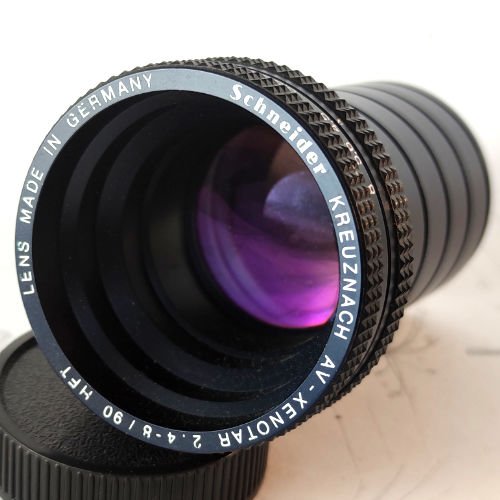





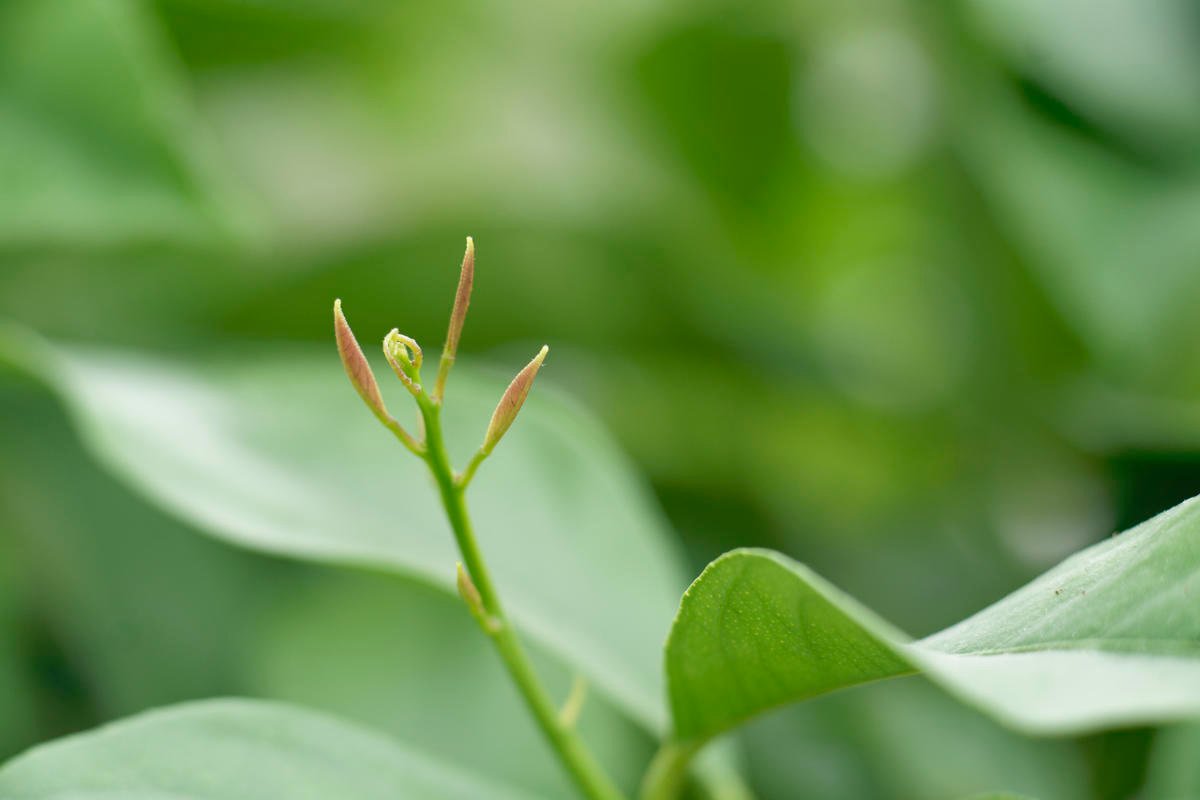
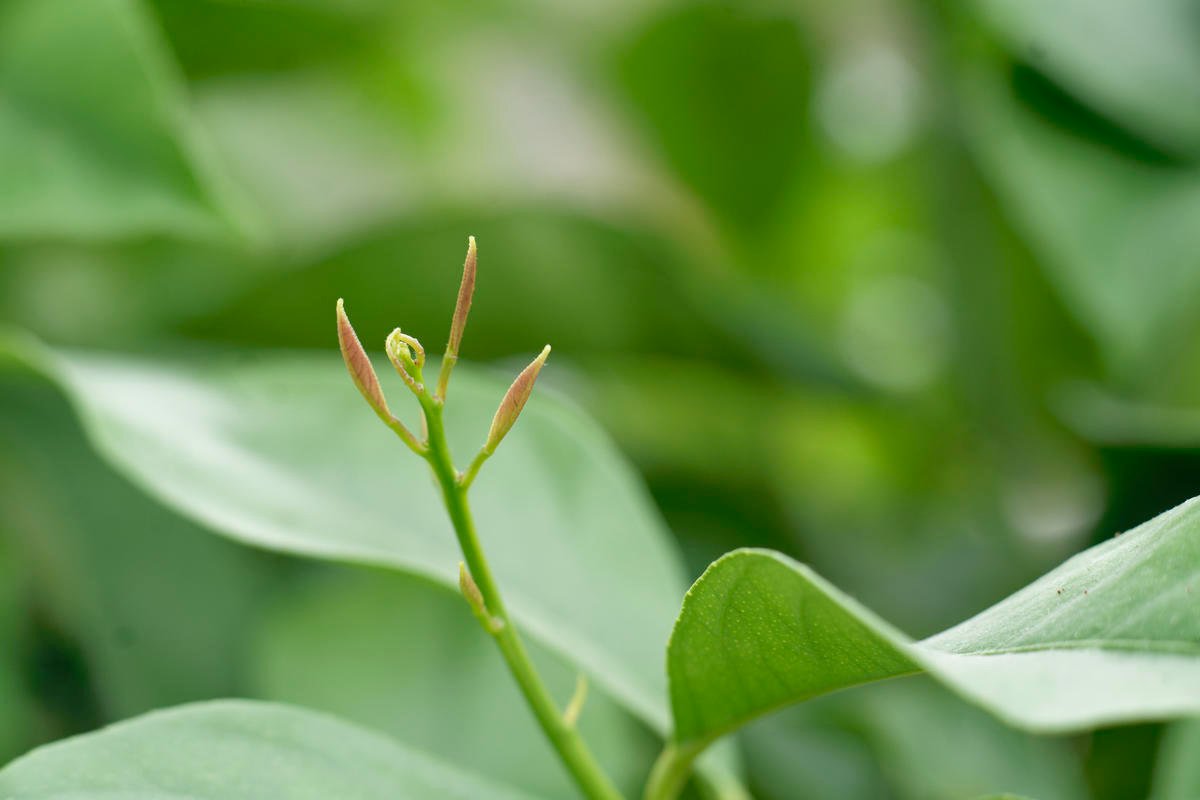
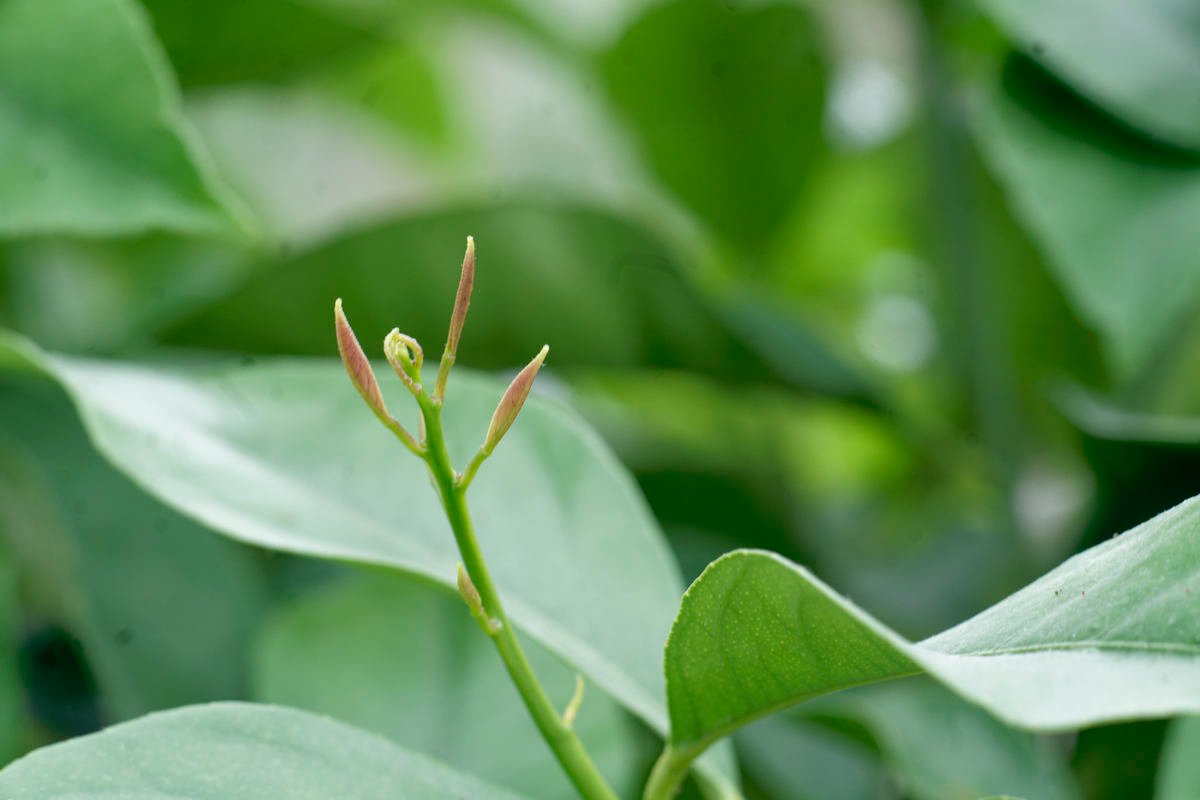
16:9 –
This medium format slide projector lens appears to be identical to the fixed f2.4 AV-Xenotar branded either Rollei or Schneider (but always made by Schneider), made much more desirable as a taking lens by the addition of a fine 16-blade circular diaphragm. Thanks to HFT coatings and a deep integral hood it has relatively good flare-resistance and performs similarly at most distances.
Naturally, stopping down from its maximum aperture of f2.4 (8.3 / 6.9 at distance) to f8 (8.9 / 8.4) elevates its resolving power tremendously, particularly in Zone 3. However, even at its worst (8.2 / 6.5 close up, f2.4) this is a classy performer: delivering beautiful results with centrally-framed subjects. People get excited about using cine projector lenses for portraiture because of exactly the quality this has in spades: excellent resolution in Zone 1 with Zone 3 aberrations causing an amplification of subject separation. At f2.4, the AV-Xenotar has smooth, well-blended bokeh – and you can see and benefit from all this goodness with the relatively common, too-cheap, fixed aperture versions. Similar properties are observed in top-flight slide projector lenses like the Rollei S-Projar, Zeiss Super Talon and the Leica Colorplans. However…
This particular lens doesn’t just ride high in the PJ gang. While it doesn’t have the same field flatness as a good enlarger lens, or the computer-aided correction of a modern prime, it’s no one-trick pony. It’s ability to stop down of course makes it more versatile and for most purposes its f5.6-f8 average of 85% is, like a Rolls Royce, ‘sharp enough’, although it’s always a little better in Zone 1 than 3. But – especially given the lens profiling handicap – why would you use this rather rare and expensive creature instead of a kit zoom or modest prime that will be roughly as functional at typical working apertures?
Because images from the AV-Xenotar 90/f2.4-8 look just as beautiful stopped down as they do wide open. There are some shoddy circular diaphragms and there are those that unlock your wallet: this one ensures consistent, creamy, gracefully transitioning bokeh at all apertures. Not for this lens the ‘look at me! special effects’: its bokeh is effortlessly natural, soft and painterly. Combined with vivid colour rendition and wiry Zone 1, this is a lens capable of stunning images if you play to its strengths.